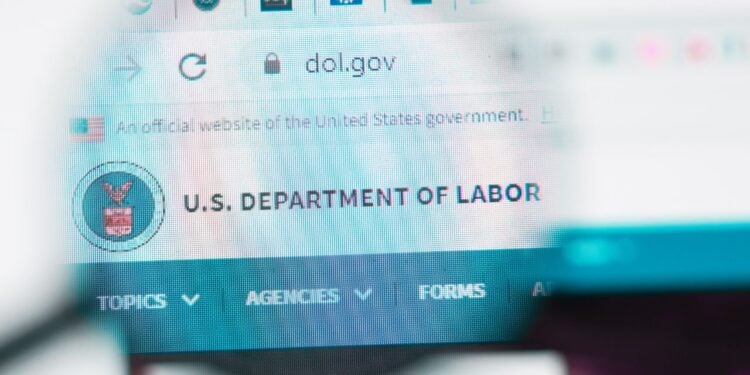What’s going on:
The U.S. Department of Labor announced a partnership with the National Governors Association aimed at boosting state workforce development systems. This initiative, known as the Workforce Strategic Planning Collaborative, will allow federal and state bodies to jointly build up workforce development services, placing emphasis on the 2024 Workforce Innovation and Opportunity Act State Plan.
According to the official announcement, the collaboration aims to:
- Develop and align guidance and resources from the department, other federal agencies and the association to develop a state planning tool.
- Promote equity and job quality in jobs created by the new investments.
- Provide technical assistance and elevate best practices in state plans to empower governors and their states to leverage WIOA boards and planning processes as cross-system, strategic opportunities.
- Ensure the workforce system is demand-driven and matches employer needs as federal funding opportunities are implemented.
The effort will leverage opportunities arising from the Biden-Harris administration’s investments in infrastructure and the economy, according to the Department of Labor.
Why it matters:
This partnership represents a unified approach to workforce development across the U.S. but also seeks to maximize the benefits of historic federal investments. Upskilling and workforce development has become more of a priority for employers seeking to fill job vacancy gaps. The initiative is striving to ensure that job seekers have access to programs that lead to jobs. The emphasis on collaboration between federal and state entities aims to ensure these efforts are not duplicated so that resources are efficiently utilized.
How it’ll impact the future:
By investing time and resources into carefully designing workforce development programs, it ensures that the training programs better align with the needs of modern employers. This not only increases job placement rates but also ensures that workers are adequately prepared for future opportunities.
The focus on equity means that job opportunities will be more inclusive, which could contribute to a more diverse and skilled workforce. The collaborative approach is incorporating input from various government departments including Agriculture, Commerce, Education, and others to accomplish these goals.


 Dr. Gleb Tsipursky – The Office Whisperer
Dr. Gleb Tsipursky – The Office Whisperer Nirit Cohen – WorkFutures
Nirit Cohen – WorkFutures Angela Howard – Culture Expert
Angela Howard – Culture Expert Drew Jones – Design & Innovation
Drew Jones – Design & Innovation Jonathan Price – CRE & Flex Expert
Jonathan Price – CRE & Flex Expert










